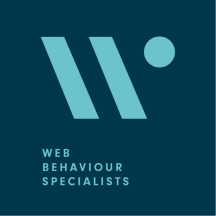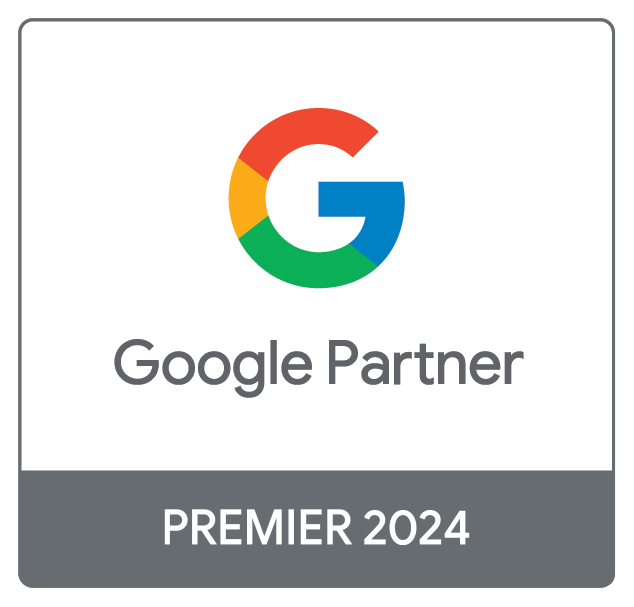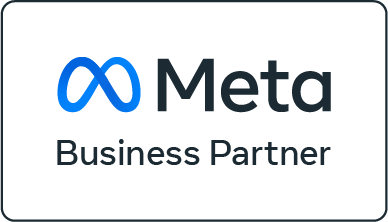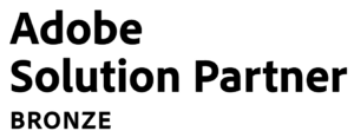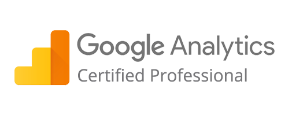Introduction
We all know social media has been a cornerstone of success, and B2B healthcare is not lagging. Companies within this industry cater to institutions, pharmaceuticals, medical equipment manufacturers, medical professionals, and other healthcare organisations. Traditionally, B2B healthcare companies used to rely on events, exhibitions, trade shows, and direct sales, but now, looking at the speed of the digital revolution, these companies have altered their ways to reach customers.
According to the survey conducted by CMI (Content Marketing Institute), 85% of B2B healthcare companies reportedly use paid social media ads to reach their niche customers. Paid social media campaigns have emerged as an important factor for B2B healthcare marketing strategies.
What are Paid Social Media Campaigns?
In simple words, it’s when you pay social media platforms such as LinkedIn, Instagram, Facebook, or Twitter to display your ad to content-specific targeted customers.
Whether you’re a B2B healthcare service provider, a marketer, a business owner, or a healthcare professional, in this blog, we will help you excel your company and harness the power of paid social media campaigns to reach your customers, generate leads and stay ahead of the game.
Prescription for Success in B2B Healthcare
1. Set clear goals and objectives
The very first step to ensure your social media marketing plan is successful is to be clear about your goals and objectives. Most marketing objectives can be effectively achieved through social media. Ask yourself: Why do you need a paid social media campaign for your company? What do you want to achieve with this campaign? Do you want to elevate your brand identity, increase sales, generate leads, increase website traffic, or drive conversions? Does your social media goal align with your business objective?
Setting specific goals in line with your company’s objectives is an advantage for any B2B healthcare company. To start with, setting Specific, Measurable, Achievable, Relevant, and Time-Bound (SMART) objectives is a good way to reach your long-term goals.
A well-thought-out and clear objective will help you understand your target audience, manage your budget, give you a proven return on investment, and let you know that you are accomplishing what you set out to accomplish.
2. Choosing the right platforms
Every social media platform is different in the B2B healthcare industry. When it comes to effectively reaching your target audience, you should consider these platforms:
- LinkedIn You can connect here with healthcare institutions, doctors, pharmaceutical and medical equipment companies, and other healthcare competitors. You can filter your targeting options based on company size, job titles, and location to reach your target audience.
- Instagram will help your company showcase your B2B products to your targeted audience. You can create posts and videos and connect emotionally with your customers by showing the journey, objectives, and goals of your company.
- Facebook Facebook’s paid ad and targeted ad options help you reach your desired audience.
- YouTube is an effective platform for showing educational videos and how-to videos about your products and services to facilitate communication with medical professionals and other B2B organisations. You can reach a broader audience with the help of YouTube ads.
- Other Platforms: Depending on your niche target audience, it can be worthwhile to explore platforms such as Twitter or TikTok. Do some research into where your potential customers are actively engaging and where you are most likely to reach them.

3. Content is the king
Creating attention-grabbing and informative content is most important for any campaign. In the B2B healthcare industry, medical professionals and organisations value facts and information. To make your audience build trust in your brand, highlight the unique value of your product or service and use persuasive language. Share articles, whitepapers, case studies, and research that address industry challenges and offer solutions.
Who doesn’t want to see real success stories? Highlight real-life examples showcasing how your product or service has made a positive impact on society. You can address your target audience’s queries, build connections, engage and interact with them by posting surveys and polls or by hosting webinars or live events. This will give you an insight into your audience’s preferences and needs.
Visual content simplifies information and improves engagement. Video content has a high engagement rate for physicians and patients alike. You must create high-quality videos on product demonstrations and expert interviews, post them on your chosen platform, and push them with paid social media ad options.
4. Budget Wisely
Spending on social media can be enticing; hence, managing a budget is crucial for paid social media campaigns. Every company has its own budget. Setting a realistic budget that is aligned with your target audience’s behaviour and your business goals is important. All the social media platforms offer ad tools and analytics. With the help of these tools, you can manage ad spending, create reports, track success, and set direction for paid and organic social media. Budget planning is not only limited to spending money to boost your content and ads. You also need to consider both short-term and long-term financial implications to unlock your B2B growth.
5. Measure your social media efforts
Now that you know how much you need to spend on your paid social media campaign, it’s important to jump into the important matter of measuring your social media efforts. As your social media team, create data in a clear format showing your ad spending and its return on investment (ROI). Regularly monitor metrics like impressions, clicks, click through rate, costs per clicks, number of leads, etc. Assess the performance of the content you are promoting to understand your problem areas. Keep experimenting with different time postings and different campaigns to optimise results.
6. Compliance and Regulations
The healthcare industry can be restricted when creating and sharing content on social media, so you need to be mindful of healthcare regulations. Make sure that your marketing campaigns are compliant with industry standards and that the information provided is accurate, well-researched, and free from errors. Be clear on social media guidelines, especially when marketing in more than one geographical area. Be transparent about how data is collected and used, and provide necessary disclaimers where required.
Conclusion
Paid social media is a valuable tool and B2B healthcare companies will greatly benefit from the use of it. By adhering to these practices, you can reach a broader targeted audience, achieve measurable results, and thrive in the market.
To make sure that these practices are adhered to properly, you would need a team of experts who can work with you on your company’s goals, generate content, and help you make your marketing a success.
At WBS, we have resources and digital specialists who will plan, strategise and implement your paid social media campaigns to achieve your desired goals. With our 360-degree approach, you can meet your goals and make your company grow. What are you waiting for? Contact us right now!
